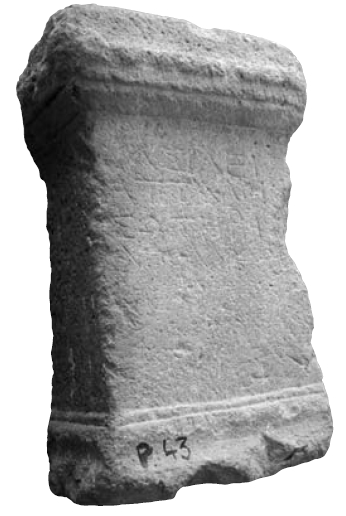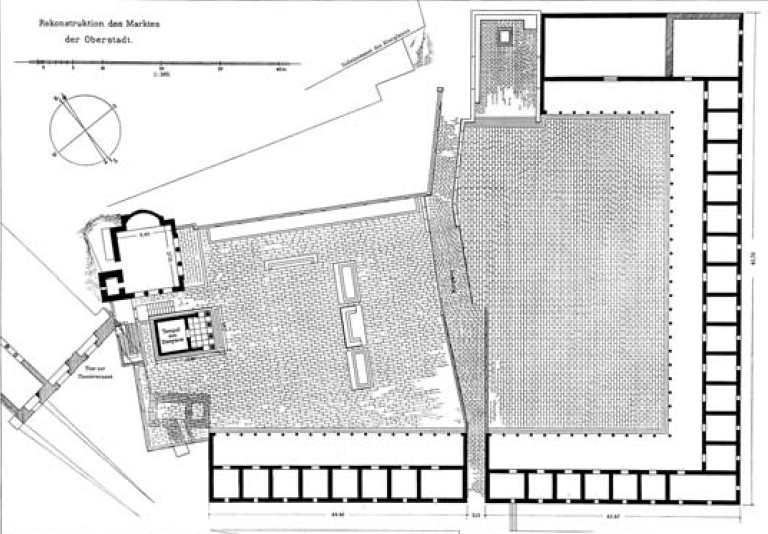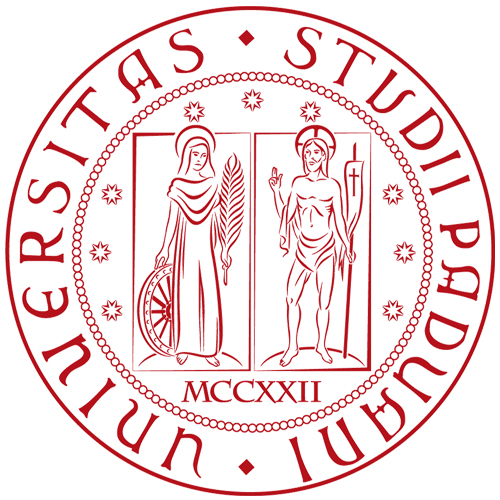This particularly thin rectangular altar was probably erected in the Upper Agora of Pergamon, possibly in relation to one of the sacred (Zeus’ sanctuary) or administrative buildings in the western (nomophylakion) and eastern part of the agora. The writing is irregular and characterized by a shape of A with broken crossbar which suggests a date in the 2nd cent. and therefore a posthumous cult. The donor had only his personal name inscribed, without the name of the father and the function, a solution which finds parallels in contexts where the author of a dedication was easily recognisable by the members of a community. Considering the sacred and administrative functions of the buildings in the agora, Artemidoros might therefore have been a priest or a magistrate of Pergamon.
Permanent ID
http://s.phrc.it/phrc021Images:
Photo 1: Photo of the altar, from Bielfeldt 2010, p. 154, photo 14
Photo 2: Drawing, from IvP I 43
Photo 3: Plan of the upper agora of Pergamon, from Bielfeldt 2010, p. 170, photo 23







